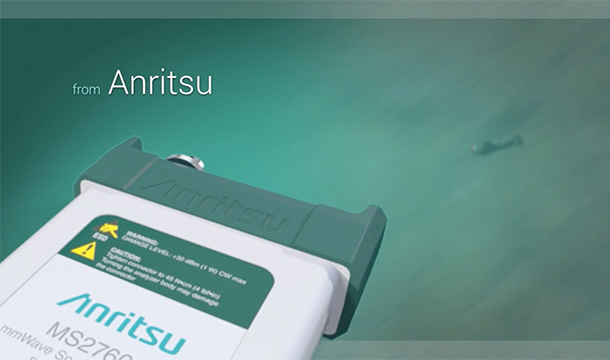

Whereas some may have an expert level of knowledge through training in information sciences, a far greater number have not had such exposure.
#Tams analyzer full#
Secondly, there is considerable variance in the abilities of students in policy studies – at both graduate and undergraduate levels - in the use of emerging ICTs, and this issue must be addressed if graduates of public policy and of public management are to make full use of the information tools becoming available to them. The first of these observations is that the range of ICT tools is expanding rapidly and this in turn is changing knowledge practices that build on novel capabilities and opportunities - as will be described below. The Project was prompted by several observations concerning available technologies, student needs, and public policy in developing countries at the current time. Irina Elgort (University Teaching Development Centre) and Prof.

The principal investigator was supported by Dr. This project examined the potential that emerging ICTs (Information and Communication Technologies) hold for improving student experience in learning about public policy in developing country contexts. The chapter concludes with tips and advice for fellow researchers using technologies to support qualitative studies of communication, whether online or offline. Because the author studied a virtual community, technologies played a critical role in how she collected, managed, and analyzed the dataset, which was completely electronic.
#Tams analyzer Offline#
This chapter describes the technologies that the author used to carry out the qualitative study from start to finish, including the steps of online participant observations, on-line and offline interviews, qualitative coding, and qualitative data analysis. While Eloqi existed, its unique platform not only connected trainers and students for short one-to-one English conversation lessons but also brought together the company admins, trainers, and students in a virtual community. Rhopoint TAMS is an innovative measuring system for characterizing the visual quality of functional and decorative surfaces, and uses four parameters to produce a comprehensive description of the visual sensation: Contrast, image sharpness, waviness, and dominant structure size (dimension).In this chapter, the author describes the technologies she employed while conducting an Ethnography of Communication on Eloqi (pseudonym), a for-profit start-up company that built and operated a proprietary Web-based, voice-enabled platform connecting English language learners in China with trainers in the United States. To obtain a quick and uncomplicated statements concerning the visual quality of a surface, we worked with a team of experts from the automotive industry to develop a new measuring device which reproduces human perception – the Rhopoint TAMS™ (Total Appearance Measurement System).

The measuring methods used for characterizing the visual impression have been highly complex and mainly the domain of experts. This innovative new technology models the human perception of surface appearance quality, providing new parameters that revolutionize the understanding and communication of visual appearance information.Ĭolor management and appearance is essential in many areas of today’s automotive manufacturing environment, and requires the ability to measure subtle differences in color and appearance. Rhopoint TAMS™ is a new way of quantifying appearance quality inspired by a four-year collaboration between Rhopoint, Volkswagen AG and AUDI AG. This can only be achieved if the overall surface finish displays both high QUALITY and HARMONY. A high-quality paint finish is not only described by color but also brilliance (“gloss”) and smoothness, often referred to as DOI (Distinctness of Image).

For maximum impact, the surface quality of an automotive paint finish must instantly produce an appealing visual sensation for the customer.


 0 kommentar(er)
0 kommentar(er)
